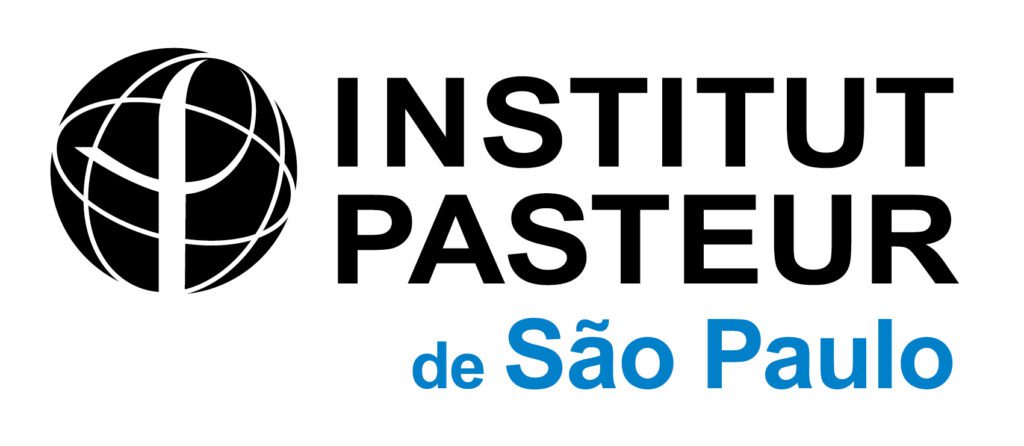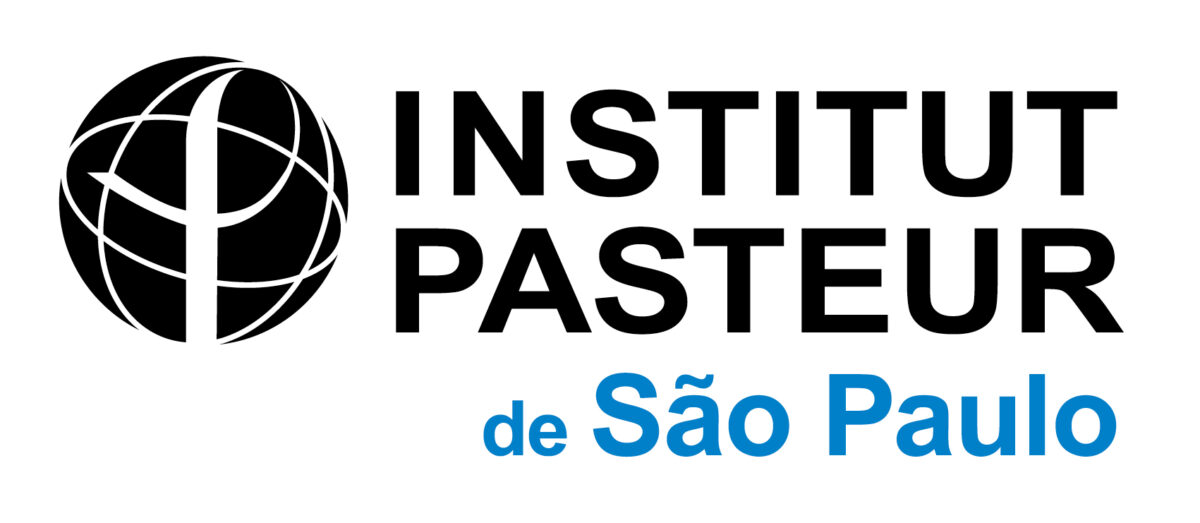Integration of multi-cohort human gut microbiome data for stratification of patients with inflammatory bowel diseases
Lead researcher: André Ferreira Cunha
Inflammatory bowel diseases (IBD) are chronic diseases that cause inflammation and ulcers in the gastrointestinal system, generating symptoms such as abdominal pain, diarrhea, and bleeding. To date there is no cure for IBD, which are considered complex diseases as they are caused by an interaction of genetic, immunological, environmental, and microbiological factors. Knowing that the intestinal microbiome is an important factor in the development of diseases, we seek, in this project, to integrate multi-cohort 16S sequencing data from IBD intestinal microbiomes and, through machine learning applications, find relevant substructures and microorganisms that can be used for patient stratification and precision medicine.
Interaction of microorganisms and human hosts associated with the clinical outcome of patients affected by infectious diseases
Lead researcher: Ícaro Maia Santos de Castro
This study aims to investigate the impact of the host’s gene expression and microbiome on the immune response to infectious diseases. Using public whole blood RNA-seq data, we intend to undertake an integrative approach using systems biology to elucidate how the interaction of the microbiome and the host immune system may be associated with the clinical outcome of patients affected by infectious diseases.
Integrative analysis of transcriptional profiles of patients with COVID-19 using systems biology
Lead researcher: Jonathan Peña Avila
In this project, our main objective is to reveal the genes and molecular mechanisms consistently associated with COVID-19. To achieve this, we collected data from an extensive collection of more than 100 transcriptome studies involving patients infected with SARS-CoV-2. By integrating and comparing these studies, we identified genes that exhibit differential expression patterns in COVID-19. Furthermore, we explored enriched pathways and performed gene regulation analyzes to gain a comprehensive understanding of the underlying molecular processes. With this knowledge, our project aims to contribute to the molecular characterization of the pathophysiology of the disease, which will not only improve our understanding of COVID-19, but also facilitate the development of preventive and therapeutic strategies. Identification of potential biomarkers and therapeutic targets may pave the way for more effective diagnostic tools and treatment interventions.
Machine learning for microscopic image analysis interpretation
Lead researcher: Mauro César Cafundó de Morais
This research seeks to extract phenotypic characteristics of the parasites Trypanosoma, Plasmodium and Leishmania in images derived from microscopy. Such characteristics consist of curvature attributes (minimum, maximum, mean, standard deviation, variance, entropy and potential energy); geometric (area, circularity, proportion, perimeter, maximum and minimum distances); and texture statistics (contrast, momentum, second angular momentum, homogeneity, entropy and correlation). These attributes will then be selected using principal component analysis (PCA). Afterwards, the best classified attributes will be used in a geometric approach classification algorithm – Support Vector Machine (SVM). Thus, it will be possible to establish a new, faster and more accurate diagnostic approach for diseases caused by these parasites.
Study of oligogenic model of autism spectrum disorder based on bulk transcriptome analysis and single-cell-rna-sequencing of human brain and organoids
Lead researcher: Pedro Henrique Prado de Oliveira
This study aims to identify the molecular mechanisms responsible for the development of autism spectrum disorder. Bioinformatics methods will be used on bulk and single-cell-RNA-sequencing transcriptomic data from postmortem brain samples from ASD individuals as well as cortical organoids generated from hiPSCs. In addition to laboratory studies, we wish to observe whether there are changes in signaling pathways involved in calcium channel and reelin genes affecting neural progenitor cells and excitatory projection neurons in cortical regions during the neurodevelopment period.



